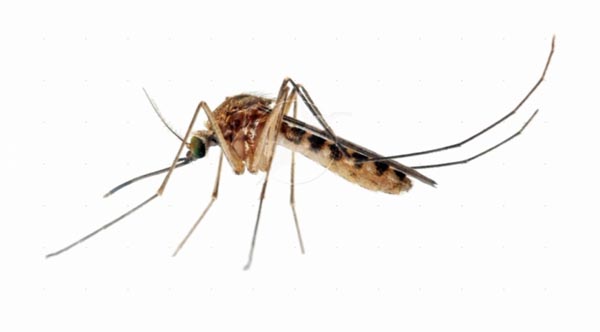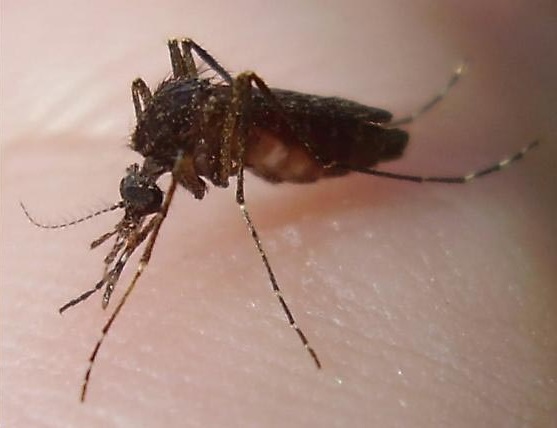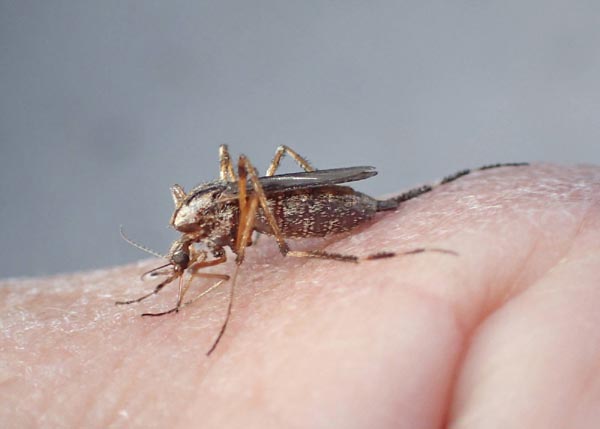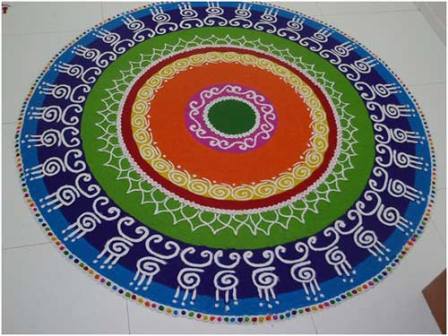See More: Different Types of Monkeys with Pictures
2. Aedes Mosquitoes:

Aedes mosquitoes are vectors of Dengue that even are known to cause other viral diseases and transmit filariasis. There are over 900 species and types of Aedes mosquito all over the world. They feed on both humans and animals and are present in tropical areas and cooler regions and temperatures. Their biting hours are morning times till evening, and the life span ranges to around two to three weeks. For Aedes mosquitoes, eggs are laid on damp surfaces near or around water pools and turn to the mosquito stage within weeks.
3. Culex Mosquitoes:

Culex mosquitoes are vectors of viral diseases and including filariasis and Japanese encephalitis. There are over 550 species of Culex mosquitoes globally, and they are heavily present around tropical and sub-tropical regions. The eggs of culex mosquitoes are laid on water bodies. Over 100s of eggs are laid at once, and they hatch within 3-4 days. The polluted water bodies are mostly hosts for the mosquitoes that, including blocked drains, drainage, canals, abandoned wells, and septic tanks. These are active both indoors as well as outdoors and bite both during nights and morning hours.
4. Mansonia Mosquitoes:

Mansonia mosquitoes are the vectors and carriers of brugian filariasis. They are heavily spotted around tropical countries and regions, mainly around India, Malaysia, and Indonesia. They have a body of dark brown color with pale scales. These mosquitoes are mostly biting outdoors and outside at night times. Their eggs are latched near water bodies and dense plant areas, including grasses, vegetation, and gardens. They live up to four weeks span.
5. Psorophora:

The psorophora mosquitoes are known to feed on humans as well as vast and large mammals. They can travel longer distances than their other peer mosquitoes for sucking blood. These mosquitoes are often named aggressive mosquitoes however are not vectors of prevalent diseases. They breed and develop in waters, pools, and ditches. The psorophoras are active in the evening times mostly.
RELATED BEST 10 ON AMAZON:
| IMAGE | TITLE | TRENDS | SEE MORE |
|---|
 | Cutter Backyard Bug Control Spray Concentrate, Mosquito Repellent, Kills Mosquitoes, Fleas & Listed Ants, 32 fl Ounce | 125334 | MORE VIEW |
|---|
 | Dailytop Bug Zapper for Indoor and Outdoor, 4000V 11W High Efficiency Mosquito Zapper, High-Powered Electric Fly Mosquito ... | 73.8 | MORE VIEW |
|---|
 | EcoVenger by EcoRaider All Purpose Insect Control 16 OZ, Fleas, Fruit Flies, Gnats, Moths, Roaches, Spiders, Fast Kill, La... | 5881.2 | MORE VIEW |
|---|
 | 6.5ft Insect Mosquito Screen Net Repair Tape Roll Type Net Repair Tape | 266.6 | MORE VIEW |
|---|
 | Itch!: Everything You Didn't Want to Know About What Makes You Scratch | 137.2 | MORE VIEW |
|---|
 | Sponsored Ad - Scotts Outdoor Power Tools LSS10272PS 7.5-Volt Lithium-Ion Cordless Grass Shear/Shrub Trimmer with Wheeled ... | 11449.2 | MORE VIEW |
|---|
 | E27 15W U Type Replacement Bulb for 15W Bug Zapper, Compatible with HOMESUIT, Yluces, POWIFY, Keuomy, YISSVIC, and Other M... | 677.1 | MORE VIEW |
|---|
 | Sponsored Ad - DAJOORON 40W (BF-150) Bug Zapper Replacement Bulb for Flowtron BK-80D, FC7600 and Wall Sconce Models, Size:... | 1619.2 | MORE VIEW |
|---|
 | Katchy Indoor Insect Trap - Catcher & Killer for Mosquitos, Gnats, Moths, Fruit Flies - Non-Zapper Traps for Inside Your H... | 309728 | MORE VIEW |
|---|
 | TERRO T2502 Ready-to-Use Indoor Fruit Fly Trap with Built in Window - 2 Traps + 90 day Lure Supply | 233236 | MORE VIEW |
|---|
 | SUMMIT CHEMICAL CO 117-6 30OZ Mosquito Bits | 154607 | MORE VIEW |
|---|
 | Cutter Backyard Bug Control Spray Concentrate, Mosquito Repellent, Kills Mosquitoes, Fleas & Listed Ants, 32 fl Ounce | 125334 | MORE VIEW |
|---|
 | Summit...responsible solutions 110-12 Mosquito Dunks, 6-Pack, Natural | 68170.5 | MORE VIEW |
|---|
 | Sponsored Ad - Catchmaster Bulk Pack Mouse and Insect Glue Boards, 75-Pack | 49088.8 | MORE VIEW |
|---|
 | Summit Mosquito Dunks, 20 Dunks, Natural, 1 pack | 41242.5 | MORE VIEW |
|---|
 | 36 Pcs Sticky Traps for Fruit Fly, Whitefly, Fungus Gnat, Mosquito and Bug, Yellow Sticky Insect Catcher Traps for Indoor/... | 32341.5 | MORE VIEW |
|---|
 | Mosquito Net for Stroller - 2 Pack Durable Baby Stroller Mosquito Net - Perfect Bug Net for Strollers, Bassinets, Cradles,... | 31211 | MORE VIEW |
|---|
 | FVOAI Bug Zapper Outdoor, Electronic Mosquito Zapper Fly Zapper for Outdoor and Indoor (Black) | 27913.5 | MORE VIEW |
|---|
Tips: "Amazon, Amazon Prime, the Amazon logo and Amazon Prime logo are trademarks of Amazon.com, Inc. or its affiliates". AS AN AMAZON ASSOCIATE, WE EARN AFFILIATE COMMISSIONS FROM QUALIFYING PURCHASES.



























